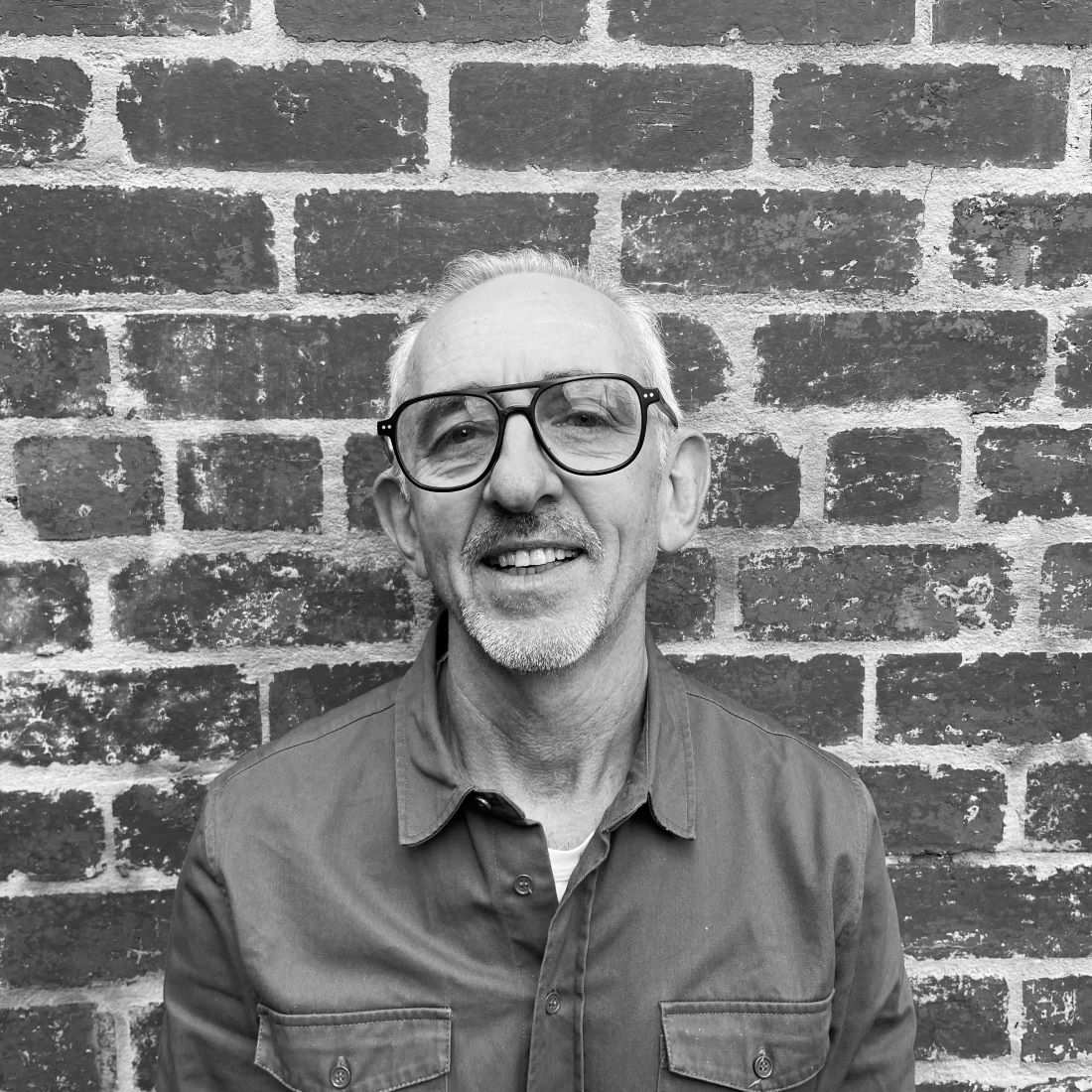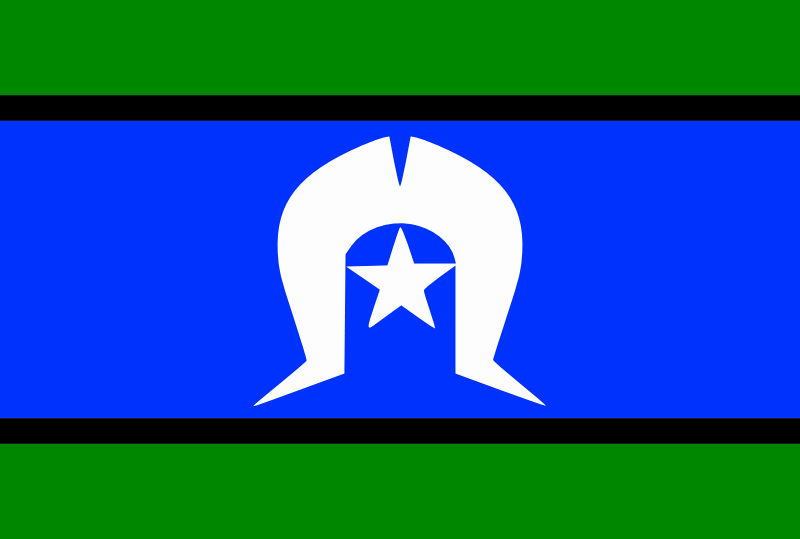01st October 2020
Doing (Virtual) Organisation Design with the right Technology
Organisation design can be challenging at the best of times. Through a continuous process of learning and refining, we’ve developed a proven method that we apply in organisation design projects today. But with Covid-19 preventing executive teams from getting together in person to do design work, we’ve found a way of leveraging the right technology to facilitate great (virtual) organisation design outcomes:
Our Process
Firstly, our organisation design process goes something like this:
Use a reference model
Pick a reference model that’s proven and easy for line managers to understand. We hitched our wagon to Jay Gailbraith’s Star Model when we were internal HR leaders and have used it since. It’s easy to understand, includes all the elements you need to consider; and Galbraith is the best at thinking through complex matrix structures.
So, you’ve just realised the Star Model was first developed in the 60s? Well, so were the Beatles and they still sound pretty good. We’ve used it multiple times, in businesses ranging from technology to industrial services. It’s got the right balance of academic rigour and pragmatism and keeps everyone focused on all the components that make up a design.
Start with strategy
It seems odd to have to say it, but too often we see clients wanting to jump right to boxes and names. All great design flows from strategy, both the immediate and longer-term aspirations of the organisation, and it’s important that the executive team who’ll be involved in the organisation design are clear and aligned on the the strategic direction, the current state of performance and the aspirations for the design work.
In the metaphor of an organisation re-design being like building a new house, providing a thorough design brief to your architect is critical to ensuring the design a building you can afford to build and enjoy living in.
Go beyond boxes and names
We wish it was as simple as just drawing up some boxes, putting some names in them, and sitting back while the organisational change occurs. It’s just not. An effective oragnisation design that will lead to a shift in performance and outcomes can’t be delivered just by structure alone. It’s a complex relationship of processes and workflow, people and capability, rewards and organizational culture as well as the structure and lines of authority that determine success.
Often the unwritten structures and power relationships – the soft structure – can be more influential than the hard structure of roles and reporting lines. Good organisation design considers all these elements and works towards ensuring congruence amongst them. This takes time, patience and some deliberation and will always require tradeoffs.
Get the right people in the room
Who are the best people in an organisation to do organisation design? We’ve always found its those who are in the organisation, who know most about the current ways of working, who have the greatest stake in the future success of the organisation and who can mostly (and sometime surprisingly) put aside their personal interests in the outcomes for those of the enterprise.
This is why we like to run a series of design workshops involving the people who are affected by the design decisions, having them in the room contributing rather than outside the room fearing, critiquing or blocking. Of course, the process of staffing the new organisation is a leadership decision, which is done after the core elements of the design is complete.
Iterate as you go
Maybe were,we were doing agile before agile became a thing! We’ve found the best way to manage the organisation design process is through a series of short, 3-4 hour workshops, spaced out with a few days to allow further consideration, time to gather new data, to test, reflect and develop further options. This allows you to iterate as you go along, to make some improvements in each step and to review the trade-offs and compromises (remembering there’s no perfect organisation design).
At the same time, you have to set milestones where key parts of the design get ‘locked-in’ and allow the team to move forward, often by level and on to further detailed design. We like to set an overall timeframe for the work to be done (making it tight) and manage within it using an iterative series of workshops that keep momentum going, while allowing some breathing time for reflection.
Communication
Organisation Design is Change Management. Take the same communication approaches you’d use for a major change program and apply them to your organisation design process. Most of us know the rules here; be clear on the why, what, how, when, where and WIIFM; ensure frequent and timely communications from the top and in person; and you can’t overcommunicate.
Organisation design generally raises people’s level of anxiety and their sense of loss of control. Involving them in the design process gives them some of that control back, as does good communication practice.
Create a transition plan
To further our ‘building of the house’ metaphor, this is the stage where the detailed organisation design (the architect’s plans) will be used to build the house. From our experience, the building can take time and there needs to be a transition plan developed.
The likely questions you’ll face are: How do we go from the present to the future state? Who is affected by the change and how will they be managed? What new process, capabilities or systems are needed to make the design work and how (and when) will they be developed? Just like building a house, this phase can run over budget and over time (yikes), but it will be better implemented with good planning and forethought.
The (Virtual) piece
We have now taken our organisation design process and made it work in a virtual sense, by using Teams or Zoom as the communication channel (everyone in the virtual room), and a smart bit of tech that allows us and the participants to collaborate, write post-it notes, create flipcharts, asses and vote on critical decisions simultaneously from multiple locations.
We recently ran an incredibly effective Trans-Tasman organisation design project with a client without the need of travel and meeting rooms, with decisions and outputs developed in real time. It was so effective, our CEO client presented the outputs directly into their next Board meeting, with the Board being able to follow the design inputs and outputs through the same technology.
In Summary
Facing into an organisation design project can be challenging. There’s usually a lot at stake; the performance of the organisation, the careers of people and the hope for a better tomorrow. Having cut our teeth (and bruised our elbows) along the path of the many designs we’ve led, we’re very clear on the elements that lead to a successful outcome. And now with the right tech supporting our proven process so well, there’s no barriers to moving forward on organisation design processes.
Categories: Designing Organisations



